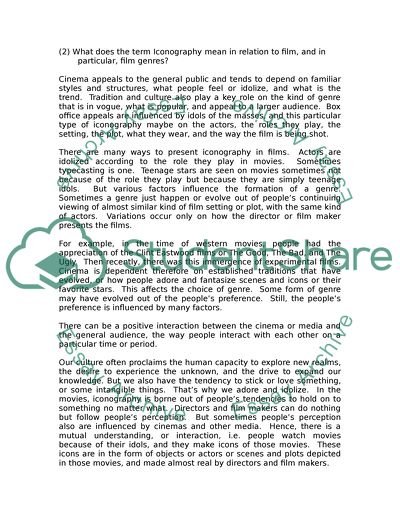Cite this document
(“The Mise-en-Scne of a Film Essay Example | Topics and Well Written Essays - 2750 words”, n.d.)
The Mise-en-Scne of a Film Essay Example | Topics and Well Written Essays - 2750 words. Retrieved from https://studentshare.org/visual-arts-film-studies/1523215-film-studies-essay
The Mise-en-Scne of a Film Essay Example | Topics and Well Written Essays - 2750 words. Retrieved from https://studentshare.org/visual-arts-film-studies/1523215-film-studies-essay
(The Mise-En-Scne of a Film Essay Example | Topics and Well Written Essays - 2750 Words)
The Mise-En-Scne of a Film Essay Example | Topics and Well Written Essays - 2750 Words. https://studentshare.org/visual-arts-film-studies/1523215-film-studies-essay.
The Mise-En-Scne of a Film Essay Example | Topics and Well Written Essays - 2750 Words. https://studentshare.org/visual-arts-film-studies/1523215-film-studies-essay.
“The Mise-En-Scne of a Film Essay Example | Topics and Well Written Essays - 2750 Words”, n.d. https://studentshare.org/visual-arts-film-studies/1523215-film-studies-essay.


